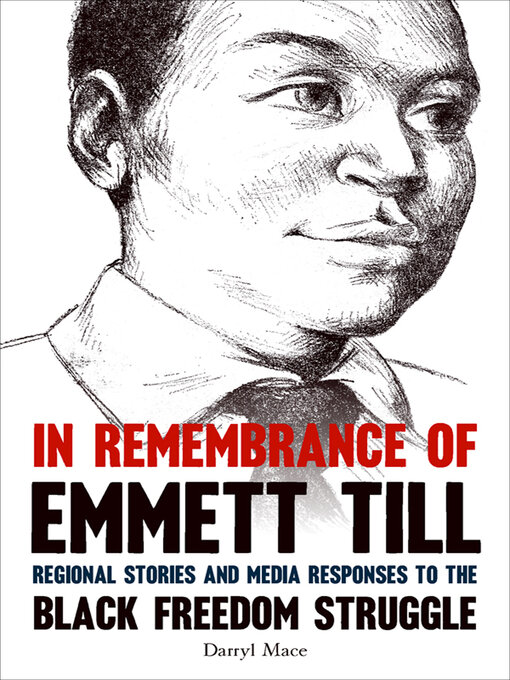This provocative study explores how media coverage of Emmett Till’s murder influences regional reactions and reignited the Civil Rights movement.
On August 28, 1955, fourteen-year-old Chicago native Emmett Till was brutally beaten to death for allegedly flirting with a white woman at a grocery store in Money, Mississippi. Roy Bryant and J. W. Milam were acquitted of Till’s murder—then admitted to the crime in an interview with the national media. They were never convicted.
Although Till's body was mutilated, his mother ordered that his casket remain open so that the country could observe the results of racially motivated violence in the Deep South. Media attention fanned the flames of regional tension and impelled many individuals—including Rosa Parks—to become vocal activists for racial equality.
In this innovative study, Darryl Mace explores media coverage of Till's murder and analyses its influence on the regional and racial perspectives. He investigates the portrayal of the trial in popular and black newspapers across the South, documents posttrial reactions, and examines Till's memorialization in the press to highlight the media's role in shaping opinions.

